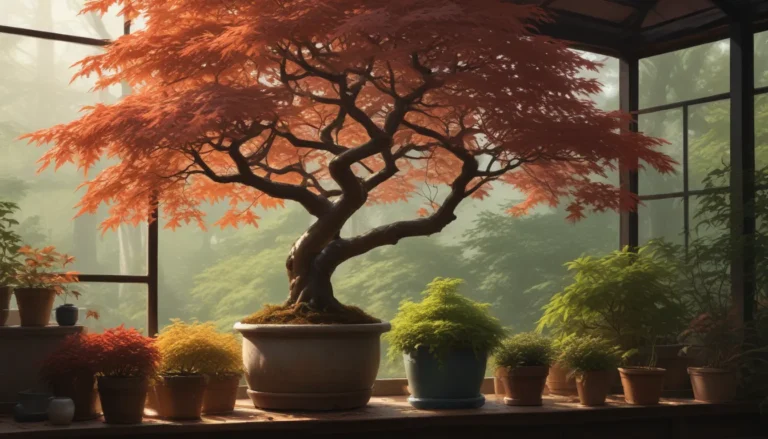How to Keep Your Late Summer Garden Thriving

As the days start to get shorter, you may be wondering how to maintain the beauty of your garden as summer transitions to fall. Well, fear not! There’s plenty you can do to ensure your garden stays strong and vibrant even as the season changes.
Late summer is a time for maintenance, propagation, and upkeep in the garden. From collecting seeds to harvesting crops to caring for containers, there are numerous tasks you can tackle to keep your garden looking great throughout the year.
So, let’s dive into 17 tips to keep your late summer garden going strong!
1. Collect Seeds
By August, many plants have finished flowering and set seed. Once the seed heads have ripened, it’s time to collect them. Remember to date and label the seeds before storing them in a cool, dry place until planting time next year.
2. Care for Containers
Container plants can show signs of heat fatigue as the season progresses. To keep your planters vibrant, ensure they are watered regularly and continue to fertilize them throughout the growing season. For potted veggies, such as cucumbers and tomatoes, regular watering and feeding are essential for a bountiful harvest.
3. Cut Back Lightly
When perennials start to look overgrown or ratty, a light trim can revive their appearance. Remove dead branches, spent flower stalks, and brown or wilted foliage. Avoid pruning too heavily late in the season to prevent new growth that may be damaged by frost.
4. Deadhead Spent Flowers
Regularly remove spent flowers to divert energy into producing more blooms and prevent aggressive self-seeding. Use sharp shears to snip flower heads weekly, encouraging a late rebloom in many plants.
5. Divide Perennials
While most perennials are best divided in spring or fall, some, like bearded iris and oriental poppies, need dividing in late summer. After flowering, allow the foliage to dry out, then water the plants well before lifting and splitting them.
6. Fertilize Lightly
Avoid heavy fertilization in hot and dry conditions. Consider waiting until temperatures cool off late in the season before a final feeding. Alternatively, use a one-quarter strength solution of liquid fertilizer to provide some nutrients without stressing the plants.
7. Harvest Summer Crops
Late summer is a busy time for harvesting and preserving herbs, fruits, and vegetables. Continue picking daily and preserve surplus produce through freezing, drying, or canning.
8. Lawn Mowing Tactics
Raise the cutting height of your lawnmower blade in midsummer to keep your lawn healthy and lush. Water lawns frequently in hot weather and consider reseeding areas that need attention.
9. Mulch for a Cooling Touch
Use a summer mulch to keep soil temperatures down, cool the roots, and retain moisture. Natural materials like grass clippings, leaf mold, and straw work well as mulch. Ensure the mulch is spread evenly and away from plant stems to prevent issues like crown rot.
10. Replace Early-Flowering Annuals
Remove early-flowering annuals by midsummer and replace them with heat-loving varieties like angelonia and zinnia. Cut back early annuals to enjoy a late-season rebloom once temperatures cool down.
11. Self-Seeding for Easy Propagation
Utilize self-seeding as an economical way to propagate plants like cosmos, foxgloves, and oregano. Allow seedlings to appear in spring and transplant them once they are about six inches tall.
12. Set Out Summer-Blooming Bulbs
Plant summer-flowering bulbs like calla lilies and dahlias for a burst of late-season color. Ensure these bulbs are planted in beds or borders after all danger of frost has passed.
13. Start Cool-Season Crops
Plant late-season, cool-weather crops in mid- to late summer for a fall harvest. Vegetables like broccoli, carrots, and kale thrive in cooler temperatures and can be harvested in autumn or early spring.
14. Stir and Water Compost Bins
Manage your compost bins by adding soil over new green materials to aid in decomposition. Use a garden fork to aerate the bins and water them during hot, dry spells to facilitate decomposition.
15. Watch for Pests and Disease
Monitor your garden for pests and signs of disease throughout the growing season. Remove insects manually or treat with natural pesticides to prevent issues like blight and powdery mildew.
16. Water On
Ensure your plants receive adequate water in late summer to prevent stress and wilting. Water slowly and deeply to promote root growth and avoid watering foliage to prevent the spread of pathogens.
17. Weed Before They Seed
Regularly pull weeds before they set seed to prevent them from taking over your garden. Weeding weekly and ensuring that weeds are removed promptly can help keep your garden healthy and vibrant.
By following these tips, you can keep your late summer garden thriving and beautiful throughout the season. From seed collection to pest management, there’s a lot you can do to ensure your garden remains strong and healthy. So roll up your sleeves, put on your gardening gloves, and get ready to transform your garden into a thriving oasis this late summer!





